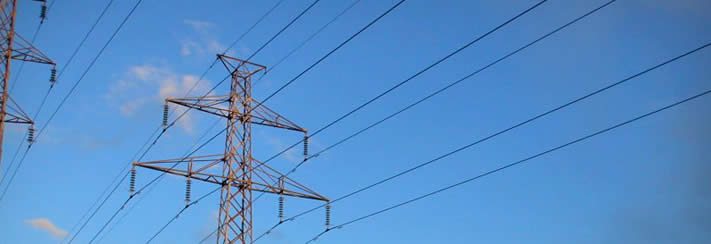Lack of grid synchronisation affects power supply in Valley
Kathmandu, March 8
Lack of proper protection system in Nepal-India power grids for electricity trade has been causing repeated technical glitches in the central grid.
As Khimti-Dhalkebar transmission tower started tripping on Tuesday night, power supply to the central grid was affected and it took around an hour to recover supply.
Until Nepal Electricity Authority (NEA) installs all required protection measures, which is called power grid synchronisation, more of such technical glitches can be expected in the coming days whenever big consumers (industries) stop using power and there is suddenly high current flow to the central grid.
Currently, NEA has been bringing imported power to Kathmandu via Dhalkebar-Khimti transmission line without carrying out grid synchronisation between the power grids of India and Nepal. The repeated technical glitches in the central grid due to lack of proper protection system has posed a risk of the central grid collapsing.
Nepal has been importing 145 megawatts of electricity through Muzaffarpur (India) to Dhalkebar (Nepal) cross-border transmission line. A large chunk of the imported electricity is being supplied to Kathmandu and when the problem occurs in Dhalkebar-Khimti transmission towers the whole power supply system in the central grid gets affected.
As per its plan to end load-shedding, NEA started bringing imported power to Kathmandu after completion of Khimti-Dhalkebar transmission line. However, the power utility overlooked the possible risks like system failure due to lack of grid synchronisation.
The Nepal-India joint committee has already finalised study on grid synchronisation at 220 kV level, which has suggested the need to install df/dt relay (a special system used to identify abnormal changes in frequency and take remedial actions to prevent overload and the resulting blackout) and direct communication system between Dhalkebar Substation and load dispatch centre of Nepal.
However, the 220 kV substation in Dhalkebar is yet to be completed. According to NEA officials, it will take another three months for the Dhalkebar substation to be completed. “Without completion of 220 kV substations, we cannot carry out power grid synchronisation as recommended by the joint study team,” one high level official at NEA told The Himalayan Times on condition of anonymity.
Though it will take several months before the grid synchronisation process can be carried out, the power-starved NEA decided to bring imported electricity to Kathmandu by installing only normal protection measures within a short period of time to end the rolling blackouts of Kathmandu Valley from this dry season (December to May).
NEA officials have said that the grid synchronisation will be conducted during wet season when country itself has sufficient power as generation of run-of-the-river (RoR) projects increases.
Additional 100 MW to be imported
KATHMANDU: Following the transmission line upgradation of Kataiya-Kusaha and Raxaul-Parwanipur transmission line, Nepal Electricity Authority (NEA) is preparing to import additional 50 megawatts electricity from each for this dry season (till May or June).
The power utility has proposed NTPC Vidyut Vyapar Nigam Ltd (NVVN) to sign power purchase agreement for up to 100 MW more. NVVN is the nodal agency appointed by Indian government for cross-border electricity trade. Currently, NEA is importing 130 MW from Kataiya-Kusaha and 10 MW from Raxaul-Parwanipur. “We have written to NVVN and negotiations will be held soon,” said Prabal Adhikari, chief of Power Trade Department of NEA. “We are trying to import 100 MW additional power by this dry season.”






